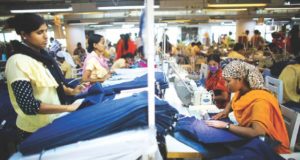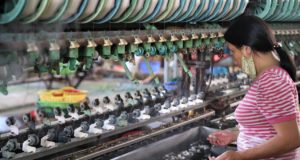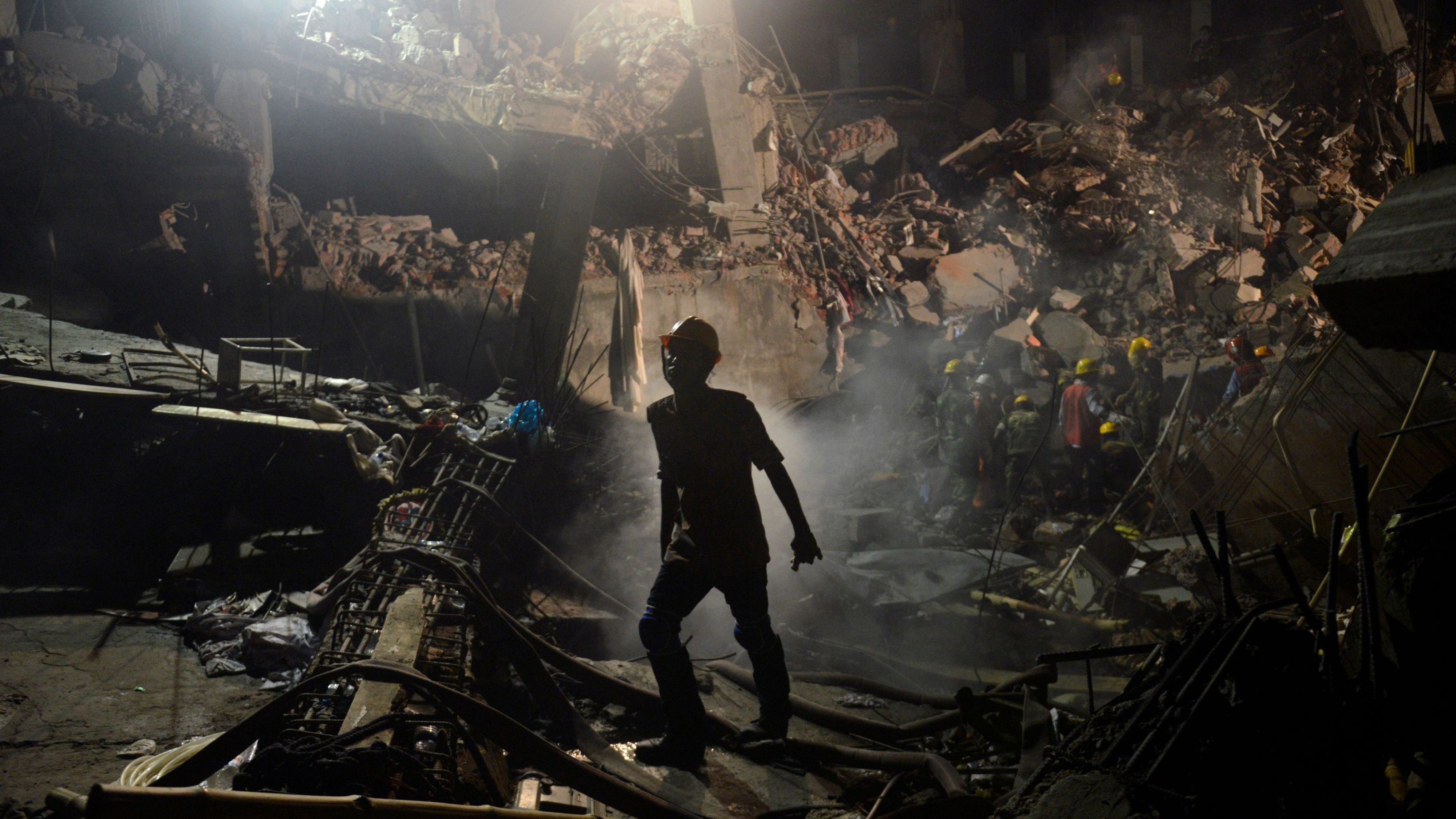By Xhanti Payi and Precious Moloi-Motsepe
Published in BusinessLIVE on March 23, 2018

Illustration: RUBY-GAY MARTIN
Black Panther, the sensational Hollywood film that tells the story of the fictional African civilisation of Wakanda, has now grossed more than $1bn in global sales. It tells the story of how Wakandans use vibranium, a metal they mine, to develop an advanced technology and build a civilisation to be reckoned with.
The film has come on the heels of a new wave of optimism about Africa, its heritage, art and, indeed, our ability to create. The moment should not pass without Africans giving it meaning in development and prosperity prospects. Since Afropessimism has kept the continent’s growth and development in check, we should be looking to ride the new wave of optimism.
This is especially true for our manufacturing sector, and we should use the opportunity to show our ability to imagine and create higher levels of value addition. An important area of focus should include fashion, high-end clothing and luxury manufacturing.
To illustrate the opportunity, South African-owned international luxury brand retailer Richemont reported €10.6bn, more than R150bn, in global sales for the year to March 2017. A report by consulting firm Bain put SA’s luxury retail market at $7.4 bn, translating to nearly 2% of GDP. For sub-Saharan Africa, the value shoots to $31bn. This should not be surprising given the rising buying power of consumers from countries such as Angola and Nigeria, where growth in the past decade has attracted international investors.
There has been a great deal of talk about reindustrialisation and beneficiation over the past few years, following concerns that SA’s industrial base has been eroded. This has been especially true in the clothing manufacturing sector, which has declined dramatically over the past two decades. This was a result of the removal of protective tariffs, an inflow of illegal garments and a failure to support competitiveness in the sector through investment in technology and skills, with the garment manufacturing sector losing more than 150,000 jobs as producers failed to compete with cheap imports from Asia.
The manufacturing sector’s contribution to the country’s GDP has declined. As a subsector of manufacturing, clothing manufacturing has declined even more; it now has a weighting of just 3.2% of all manufacturing in SA.
The importance of diversifying our manufacturing base seems to be on the radar of our policy makers. In a recent presentation to Parliament, the Department of Trade and Industry spoke of plans to diversify the economy, with a focus on manufacturing.
In this regard, it said “the manufacturing sector has high economic multipliers because of its value addition and linkages to the upstream production sectors of the economy”.
The 2017-18 version of the Industrial Policy Action Plan (Ipap 2017-18) has a focus on clothing, textiles, leather and footwear. This would build on the support already given to the sector.
However, much more has to be done, especially to support high-value manufacturing, including high-end and fast fashion. In a 2015 article published in Business Day under the headline “How faster fashion is breathing new life into SA’s clothing and textile industry”, Shakeel Meer of the Industrial Development Corporation (IDC) made the point that South African consumers are fast becoming more fashion conscious and the days of having access only to outdated European fashion trends are gone.
These consumers are paying attention to how their garments are manufactured, rejecting retailers that distribute fashion produced from sweatshops. Trade and Industry Minister Rob Davies has highlighted the pressing need for structural change in the economy “to break out of commodity dependence and move to a more diversified base”.
To support this position, a 2014 report on the next wave of apparel sourcing by McKinsey, which surveyed leading global buyers, found that many of them are interested in “proximity sourcing” when it comes to high-quality and fast-fashion items. This means that as costs in traditionally low-cost manufacturing geographies such as China increase, procurement officers look for a wider variety of factors when buying apparel, including quality, human rights compliance and environmental factors.
Unlike places such as China and Bangladesh, SA does not have sweatshops as health and safety regulations remain high by global standards. This means the global changes in how people look at their sources of clothing, and the shift from sweatshops to high-value garments and fair trade is changing the way we should look at manufacturing in general, and clothing and fashion in particular.
However, the integrated report from the IDC for the 2017 financial year shows that practice is far from the policy suggested by Davies “to break out of commodity dependence and move to a more diversified base”. If we consider approvals to the clothing, textiles, leather and footwear industry, this amounted to only R434m, compared to R8.5bn approved for metals and mining value chains. Presented differently, it amounted to 23 of the 175 transactions approved.
This speaks volumes about the commitment to diversify the economy and focus on the manufacturing sector.
Import taxes levied on certain fabrics also need amendments. SA has seen a decline in fabric innovation and manufacturing over time. This means South African manufacturers and designers need to import fabrics that are not manufactured here. Zero-rating imports of certain fabrics would mirror policies relating to exports of SA’s minerals, which are often imported back into SA after value addition, at higher prices.
As an emerging market discretionary incomes are rising, meaning rising demand for higher-value goods. This is no different for fashion items, representing a growing opportunity to manufacture for a sector with rising demand.
Rodger George, Africa leader for consumer business at Deloitte, makes the point that “Africa definitely provides a longer-term growth opportunity for luxury brands. The shifting appetite and behaviour of consumers in this segment will require luxury goods retailers to develop a sophisticated but uniquely African approach to reach and satisfy the growing demand for luxury goods in this segment.”
If this is true, and SA has the talent and political will, why are we not talking about a country that is producing and exporting luxury goods such as jewellery instead of lamenting the fact that we export minerals such as gold and diamonds raw and buy them back at high value? Why are we not investing in technology and innovation to be the manufacturing base for rising Africa and the world? Why are we not investing in skills and collaborating with the best in the world to exploit the rich talent in our young people?
The new wave of hope shouldn’t be lost like we lost the commodity boom of the 2000s.
Moloi-Motsepe is African Fashion International executive chairman and Payi is an economist and director at Nascence Advisory and Research.
 CPD RMG Study Stitching a better future for Bangladesh
CPD RMG Study Stitching a better future for Bangladesh



